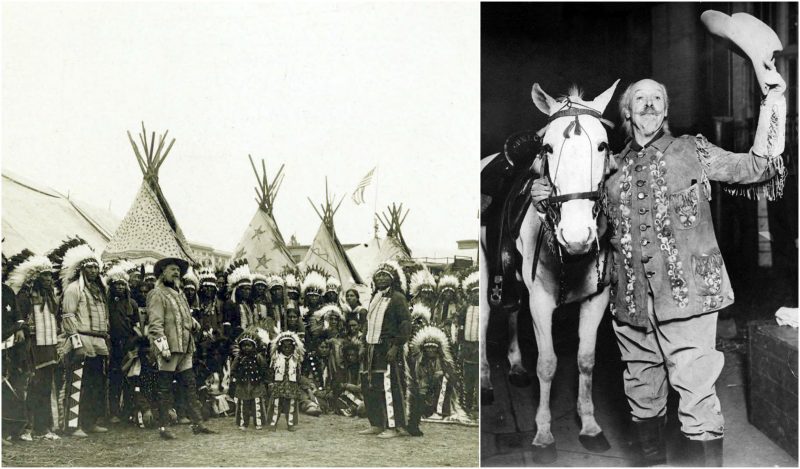Buffalo Bill, for many, is the embodiment of America’s Wild West. He is immediately familiar in his Stetson hat, buckskin jacket, and leather boots, and with his flowing white hair and that trademark beard and mustache.
Born in 1846 as William F. Cody in a little town on the Mississippi River, it was here that he grew up learning all the practical skills that he would need in the West of America. His childhood offered many hard lessons for Cody, including the loss of his father and two of his siblings.
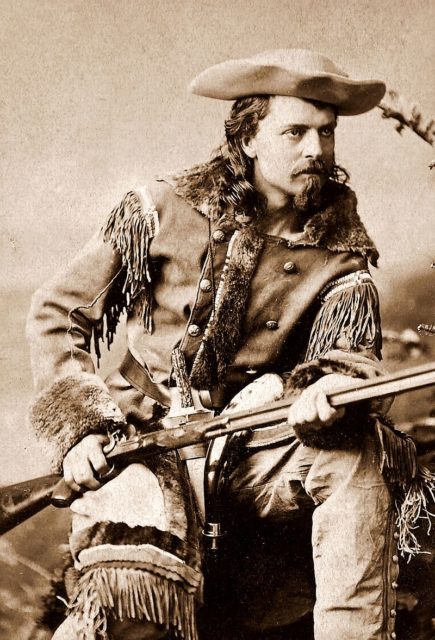
His life was a practical one, as he learned how to clear land and fell trees, and to build houses and fences. It was here that he gained his horsemanship skills and learned how to hunt and trap game. He knew how to bullwhack cattle, and as he grew up he added the skills of driving mule trains and fighting Indians.
Cody was a skilled young man and was able to survive on his own in the wild. At the age of 14, Cody joined the “Pony Express” – he fit the bill as a skinny, expert rider; for him, the danger his life was in every day would have been of little concern.
His growing up in the West developed not only the skills he needed but the underlying attitudes and morals of the West. His love of the outdoors and his undaunted courage and adventurous spirit is what attracted many to this man. What gained him his nickname, “Buffalo Bill”, was his special talent in one area in his life – hunting buffalo. He was said to have killed many thousands of buffalo in his lifetime.
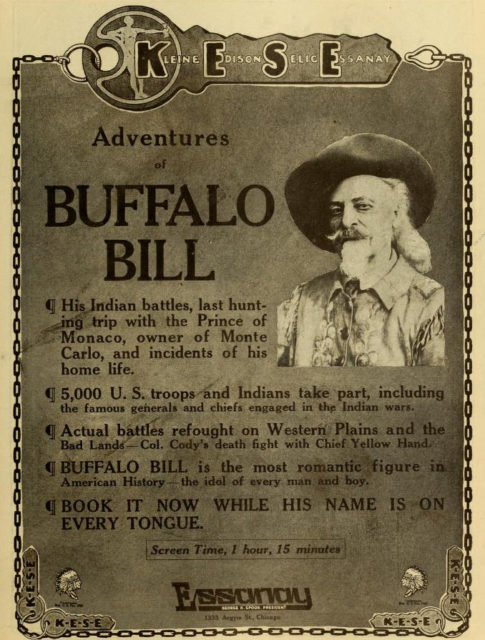
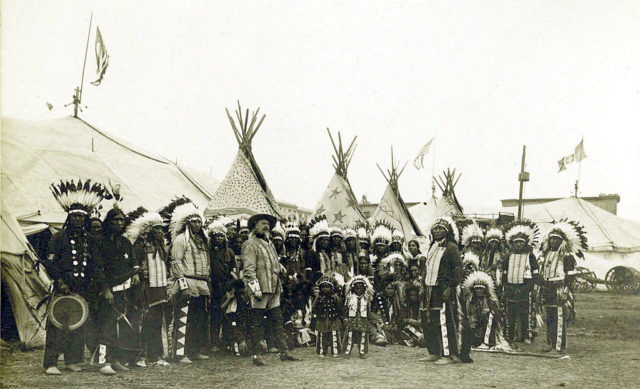

The reason for most of the buffalo kills was to help feed the crews that were constructing the all-important railway line to the west coast. His skill in this area changed his life, as he went quickly from one of many such rough and tumble men in the West to a legend in his own right.
Cody became a guide for many hunting trips into the Wild West as well chief of scouts in the 1860s for the US Army. His given name was overtaken by his nickname; he soon was known far and wide for his heroism and deeds.

In 1869, a hack writer of dime novels named Ned Buntline made Buffalo Bill the hero of his melodramatic stories of the Wild West. From here, Cody became a stage actor and a star in his own frontier melodrama “The Scouts of the Prairie”, which was created by Ned Buntline as an original Wild West show.
Continued you below
In 1883, Cody and some associates introduced “Buffalo Bill’s Wild West”, which was a traveling outdoor show. It offered dramatic recreations of frontier life and involved Indians, cowboys, wild animals, and sharpshooters.
Cody was the star of this elaborate show, and his larger-than-life presence was all some people ever saw of the Wild West. People were entranced by him and by the area he represented. Millions viewed his show as it traveled around, not just America but around the world. During his career, Cody performed in front of royalty, and at one point he even visited the Pope in the Vatican.
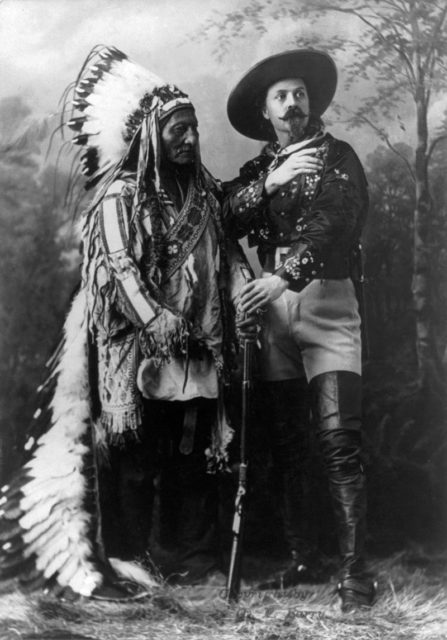
For Cody, life as Buffalo Bill was not easy; he was all too human, and his shows took him away from the West he loved so much, and from his wife, Louisa, and children. His marriage grew rocky, and he missed out on much of his young children’s lives.
This was most heart-breakingly obvious when he arrived home once just in time for his five-year-old son to die in his arms. Throughout his life, Cody struggled with money, even though he made a lot of it with his traveling shows. He often invested in schemes and financial efforts that failed or were dubious. He became quite lonely, with few close friends, and he was known to often battle with bouts of depression and alcoholism.
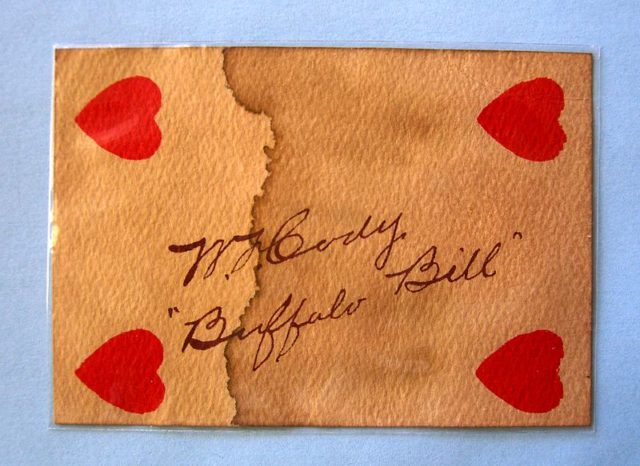
Cody set up his home base in Nebraska and used this as a place to rest from the exertions of show life – to reconnect with his roots in the West. The area he loved was now rapidly losing its old western charm and changing into the New West – a land of promise rather than the frontier in which he had grown up.
Cody became a man of two parts; as he got older, he often wished to shed his persona of Buffalo Bill and retire. In his waning years, Buffalo Bill continued doing what he loved best – working on the land and enjoying the outdoors and the scenery around him. He was still able to camp and hunt; he still guided people into the wilderness. Out in the northwest of Wyoming, he helped found a town which still bears his name.
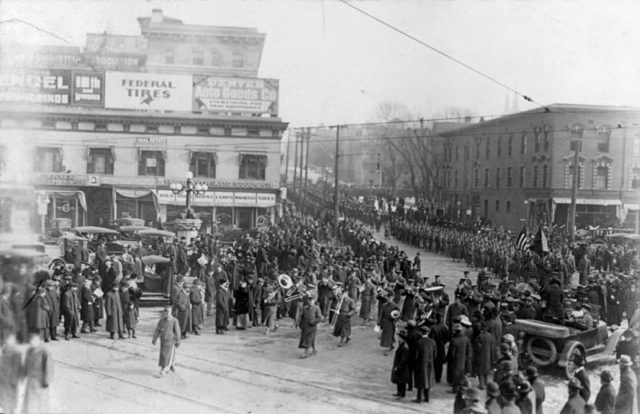
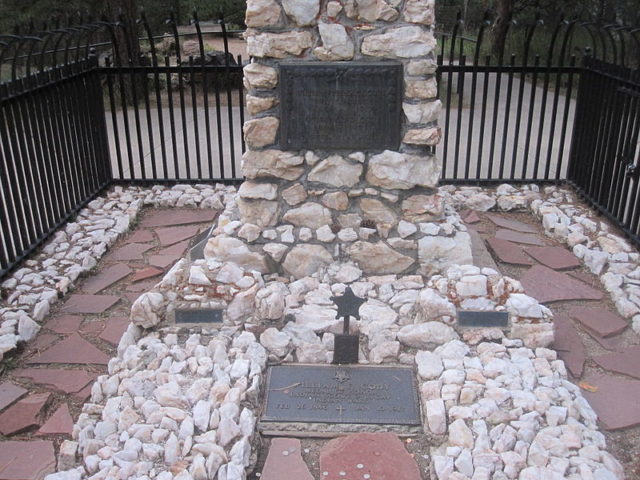
There are multiple museums dedicated to his memory and life’s work, and he is still a much-celebrated hero in America today. His name still stands for the Wild West of old.
He died in 1917 while visiting his sister in Denver, and he was buried there. Four years later his wife also passed away, and she now rests beside him on Lookout Mountain in Denver.
